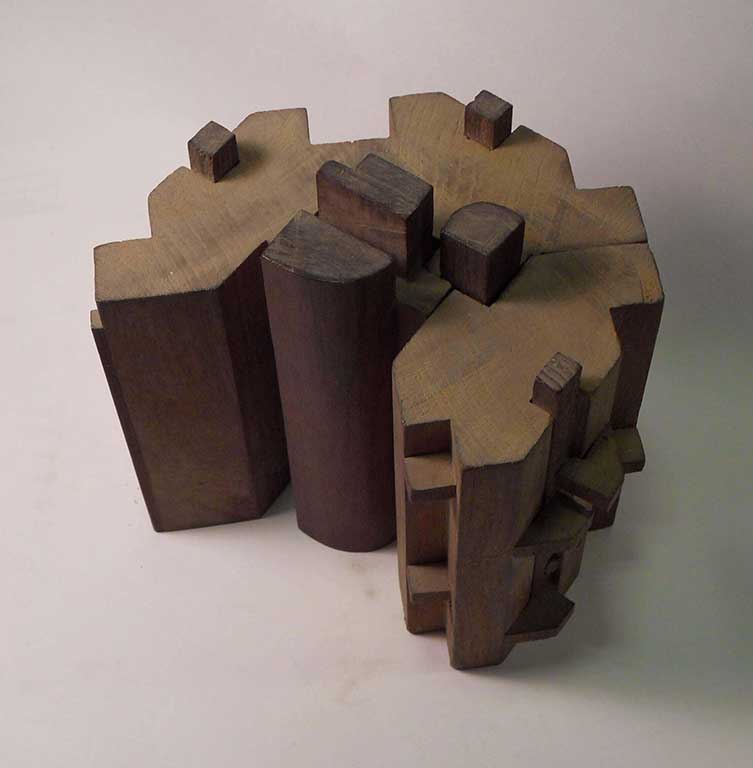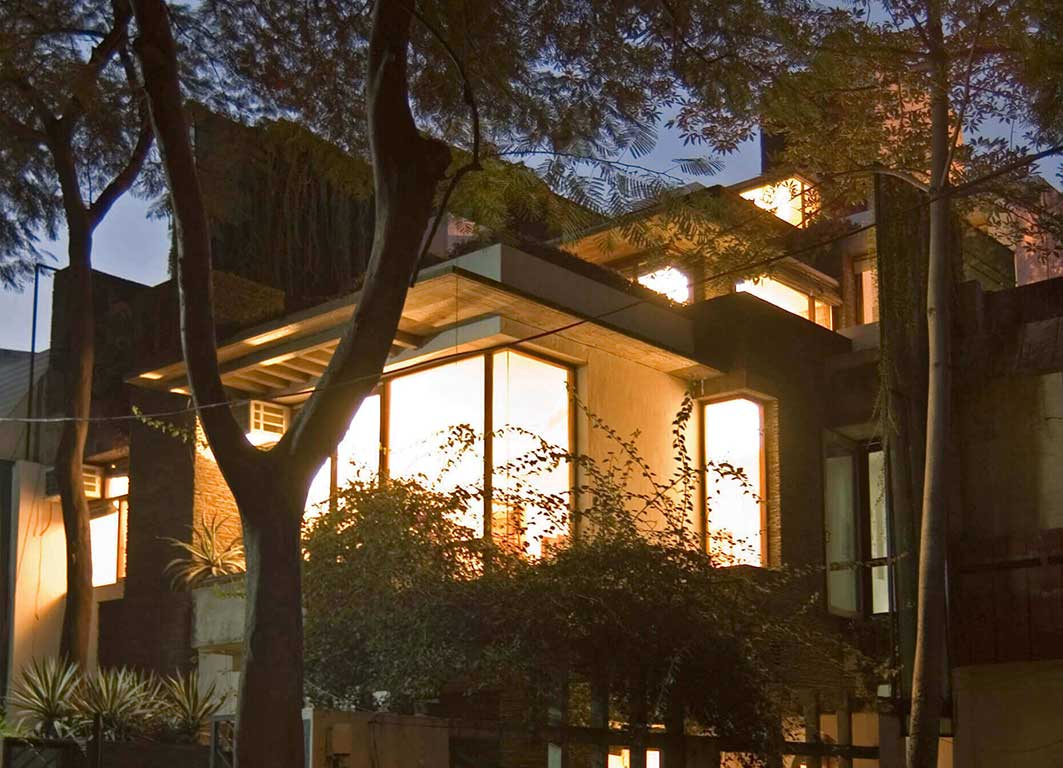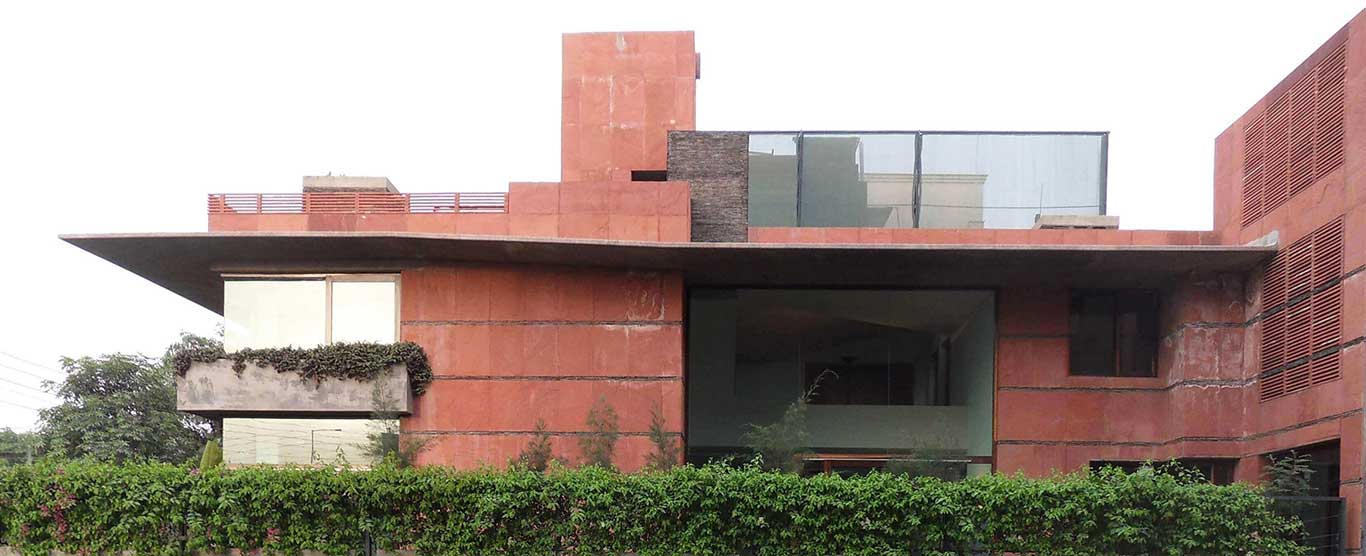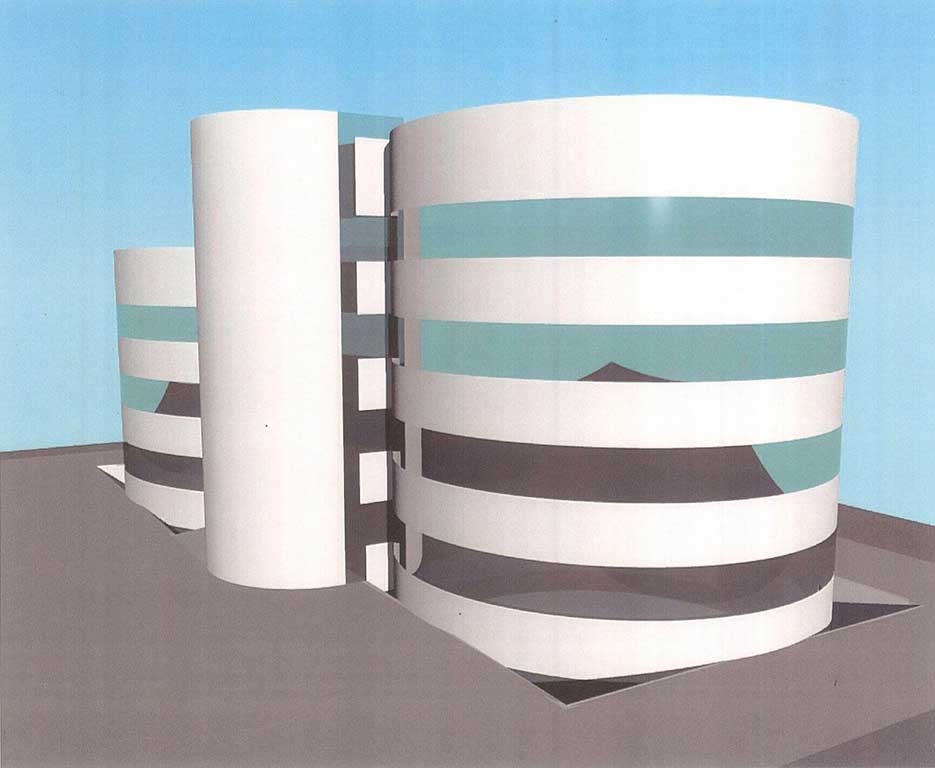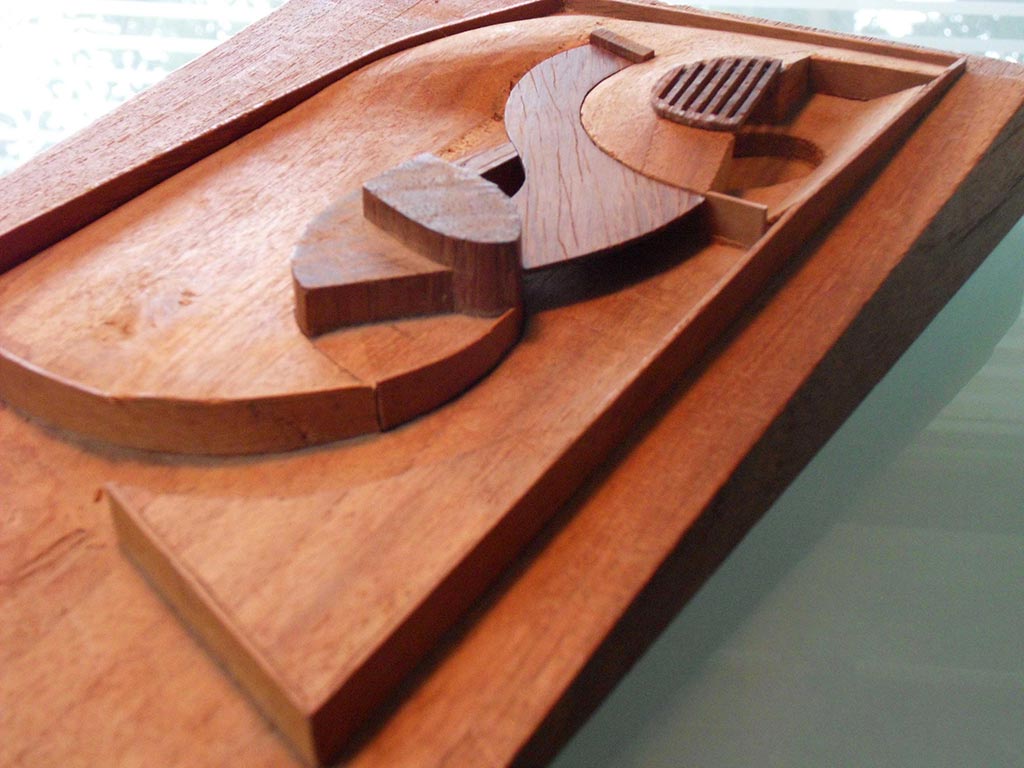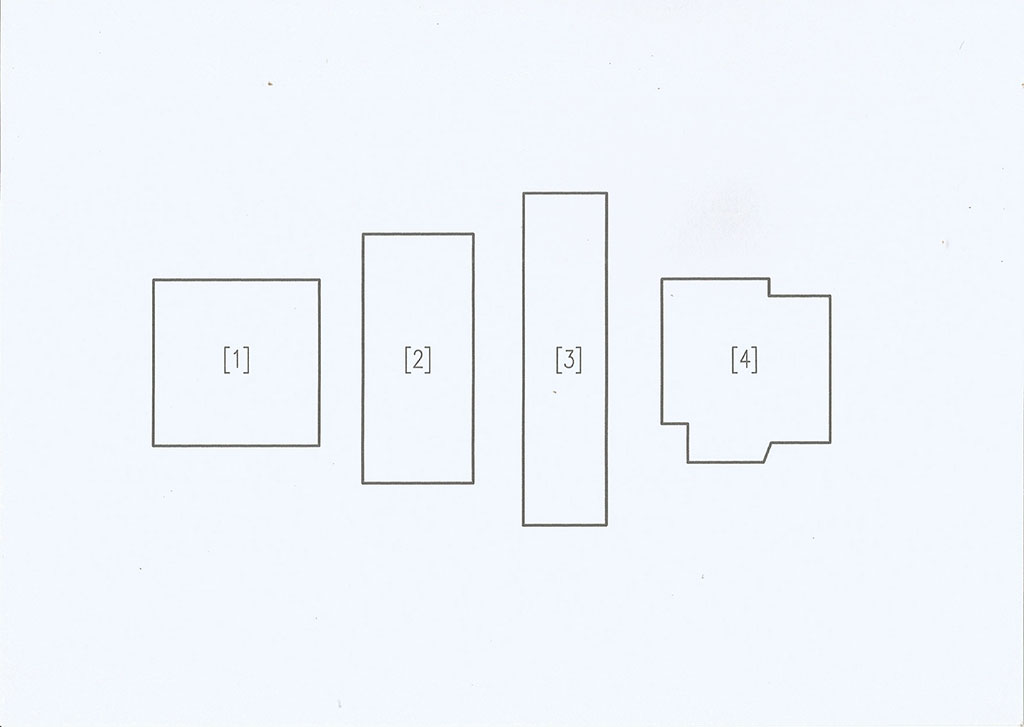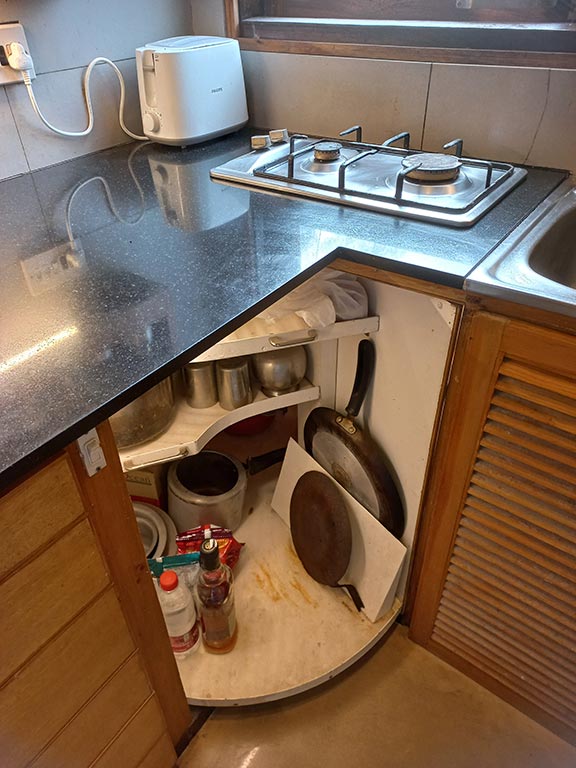How much land does a man require REDUX?
This is to bring the reader’s attention to an architectural design which if implemented at the national level, has the scope to benefit the lower middle class immensely.
THE SCHEME IN A NUTSHELL:
EVERYTHING THAT THE PICTURES ON THE FOLLOWING 8 PAGES SHOW, TO BE DELIVERED TO A FAMILY OF 4 PERSONS OVER A CARPET AREA OF JUST 35 SQUARE METRES (376 SQUARE FEET).
A 2-PART SCHEME: IN WHICH AS PER PART-1: THE GOVERNMENT COMPLETES ALL ASPECTS OF CONSTRUCTION AND DONATES / LOANS / SELLS EACH UNIT IN THE BUILDING TO AN ELLIGIBLE INDIVIDUAL.
PART-2: THE INDIVIDUAL THEN FURNISHES THE 35 SQM. UNIT AS PER THE FURNITURE-ARRANGEMENT-PLAN AND PROTOTYPE-DETAILS MADE AVAILABLE THROUGH AGENCIES / VENDORS / AND EVEN INDIVIDUALS DIRECTLY.
Each individual can therefore control how fast or slow he chooses to furnish, or which part he chooses to furnish first, because he will most probably not have the money to be able to complete all tasks in one go.
As a result, while some individuals will make use of all design-details within a few years, some will take longer. The design by virtue of its almost mathematical certainties, will simply become a pleasure to adhere to, rather than a compulsion.
The photographs attached are of actual construction which can be visited. Thereby the documented-design can be assessed in reality.



